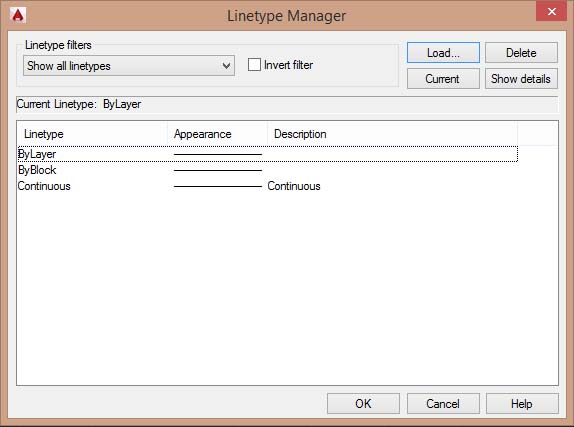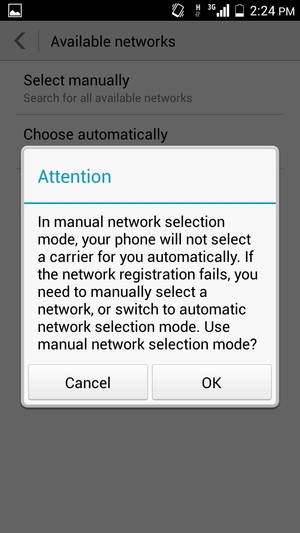Autocad Lt Lisp Files
La Maison du Bonheur Overview. True to its name, La Maison du Bonheur is a home bursting with happiness. From the beauty of its gardens to the generosity of its owner, this unassuming guesthouse will enchant you with its positive energy and warm spirit. La maison du bonheur.

- Click Manage tab Customization panel User Interface. Find
- In the Customize tab, Customizations In <file name> pane, right-click the LISP Files node. Click Load LISP.
- In the Load LISP Files dialog box, browse to and select the AutoLISP file you want to load. Only files with the .lsp extension can be selected. Tip: Even though only files with the .lsp extension can be selected, you can create a LSP file that loads other types of custom program files. Use the NETLOAD, VBALOAD, or ARX commands to load other types of custom program files. You can also use the AutoLISP functions arxload and vl-vbaload.
- Click Open.
- Click Apply.
- To have your startup LISP file load every time a drawing is open is also very simple. All you have to do is type CUI in the command line. Next, find the LISP Files category in the Customization in All Files section of the CUI dialog box, right-click on it, and choose Load Lisp from the context menu.
- Re: AutoCAD LT 2017 - Lisp. As an example, one 'lisp' routine that I used to use on a regular basis was to 'Copyto All Laytouts'. This really does speed up things when multiple drawings have been issued for 'Approval', all come back as accepted andthey can be issued for 'Construction'. You would create a revision block, with revision number.
- Next, find the LISP Files category in the Customization in All Files section of the CUI dialog box, right-click on it, and choose Load Lisp from the context menu. Navigate to the location of where your LISP file is, and it will appear in the list. And that’s how you create and load a startup LISP routine.

LT Toolkit is the leading enhancement tool for AutoCAD® providing the ability to load and run Fast-Load AutoLISP files (.fas), Visual LISP Executable files (.vlx), AutoLISP files (.lsp), ObjectARX files (.arx), and ObjectDBX files (.dbx). In Visual LISP, click File Open File. In the Open File dialog box, browse to the SampleVisualLISP folder, which is located in your AutoCAD installation directory. Double-click the drawline.lsp file. Make sure the text editor window containing the drawline.lsp program is active.
